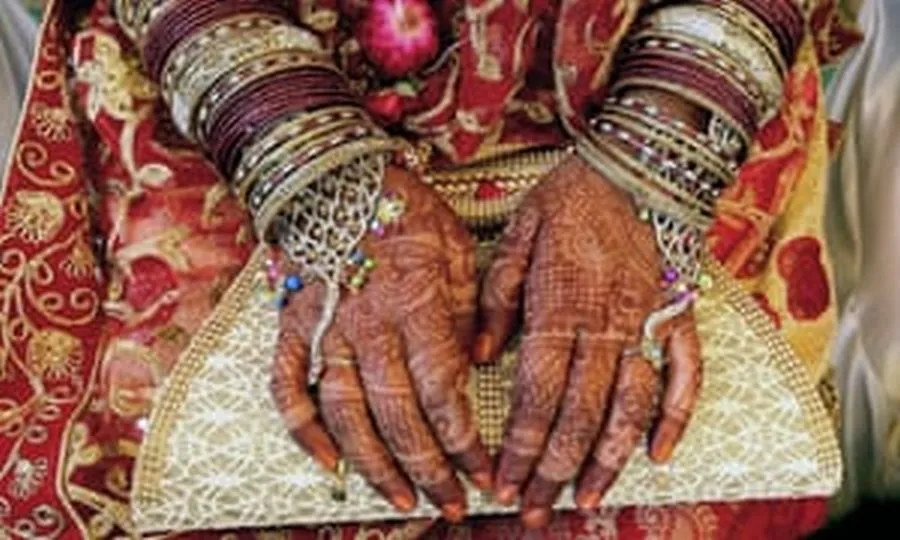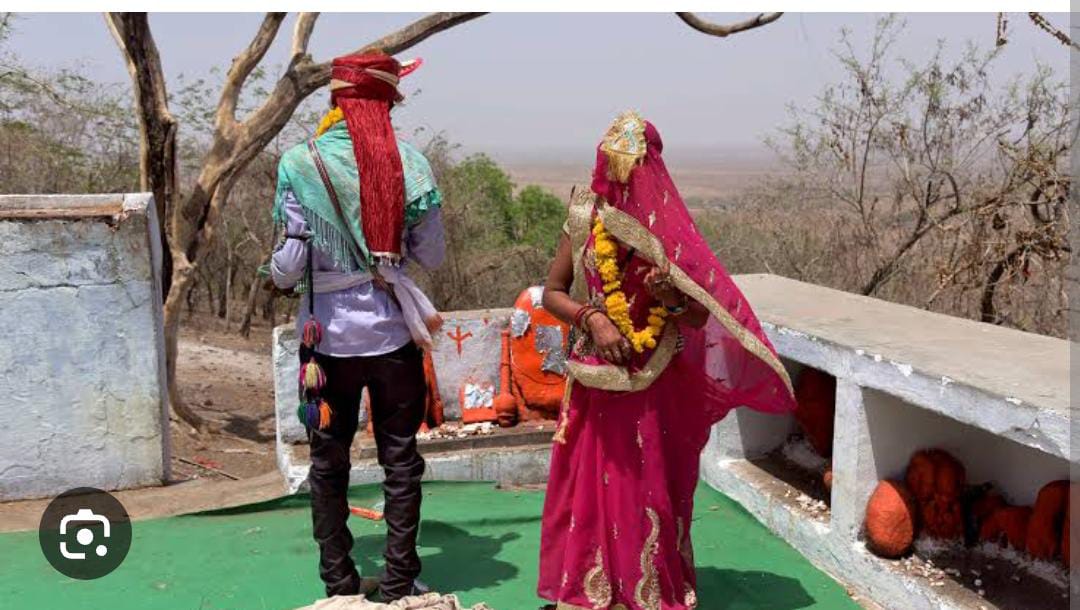Step 2.5 Marriage Assistance

What is Marriage Assistance scheme?
Marriage Assistance Scheme designed to offer financial aid to registered construction workers, assisting them in managing the wedding expenses for two dependent children. The scheme provides this support through a grant, subject to specific conditions, including a prerequisite of at least one year between the worker's registration date and the date of their son's or daughter's marriage for which assistance is being sought. Can be availed for own marriage also.
What are the eligibility criteria for accessing benefits from marriage assistance scheme?
The amount shall be sanctioned only if the following conditions are fulfilled, namely:
- A minimum of one year shall have lapsed from the date of registered of the applicant to the date of marriage of the applicant’s son or daughter for whose marriage the assistance is sought. To be applied within 6 months of marriage.
- The family of a registered construction worker can avail this assistance only twice, however there shall be only one claim in respect of a given marriage irrespective of the number of registered construction workers in the family.
- The registered construction worker shall have no dues payable to the Board (old provision)
- The son or daughter of the registered construction worker, for whose marriage the assistance is sought, shall have attained the age prescribed by law for marriage.
- The certificate of registration of marriage obtain from the registrar of marriage shall be produced along with the application.
- Under the previous provision, fifty percent of the amount was required to be deposited in the form of a Fixed Deposit or Bond (Gruha Lakshmi Bond) for a minimum of three years in the bride's name, with the remaining fifty percent transferred through RTGS in the name of the beneficiary. However, it's important to note that the current scheme involves a Direct Benefit Transfer (DBT) of INR 60,000.
- The application for claiming the amount specified in sub-rule (1) shall be in Form XXIII.
Key aspects related to Marriage Assistance
|
Benefits |
Amount (Rs.) |
Frequency |
Applies to |
Contribution by worker (Rs.) |
Time specified (days) |
Time taken (days) |
Fee specified (Rs.) |
Money spent (Rs.) |
Timeline for submission |
|
Marriage Assistance |
Rs 60,000 |
One time |
Self or children (max twice) |
- |
Within 6 months of marriage |
What type of documents required for application?
- Beneficiary/original Identity card, Issued by the board.
- Employment Certificate
- Bank Account details
- Marriage Certificate by Registrar of the marriage
- Marriage Invitation Card
- Affidavit if marriage is outside Karnataka state.
- Ration Card
- Application submitted within 6 months of the marriage.
Why do construction workers often fail to receive the benefits they are entitled under Marriage assistance scheme?
Policy design issue
- Worker needs to be a domicile of Karnataka and marriage has to be done in Karnataka only.
- Migrants from other states are not eligible at first place.
- CW engaged in multi-occupation leads to outright rejection during inspections.
- Applications restricted to registered labor department district.
Workers/behavioral issues
- Workers lack guidance for handling inspectors during inspections. Inspectors engage in conversation with neighbors, considering their input for worker eligibility assessment.
- Claims pertaining to under age marriages are rejected.
Eligibility conditions
- Minimum 1 year old BOCW Card needed for scheme enrolment.
- The family of a registered construction worker can avail this assistance only twice, however there shall be only one claim in respect of a given marriage irrespective of the number of registered construction workers in the family.
Annexure:
What is the procedure to apply?
- Applicant needs to submit the application.
- Application processing and Verification by Senior/ Labour Inspector.
- Review and Approval by Labour Officer

